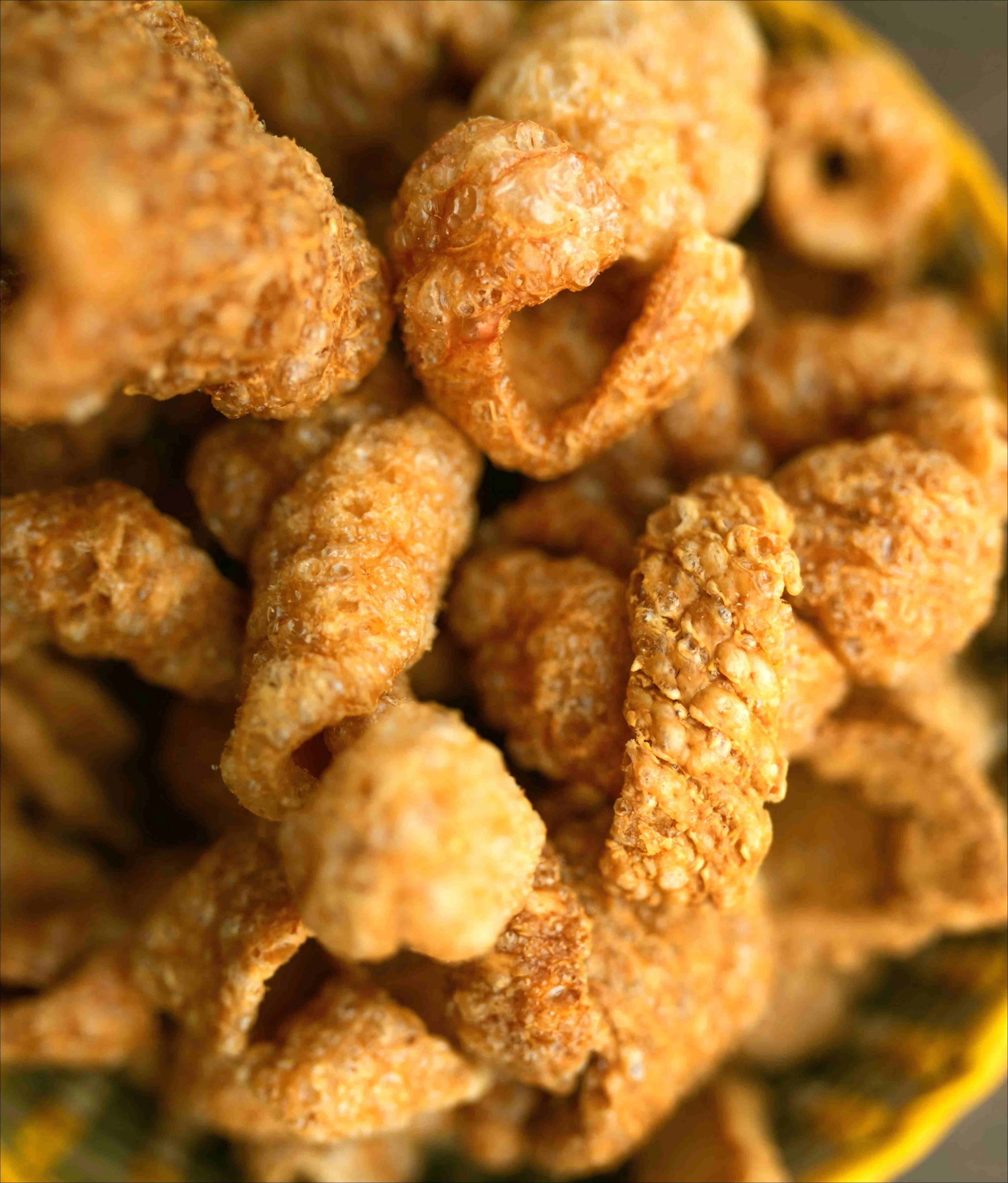Nothing is more delicious than the crispy skin of roasted chicken, roasted pork, or pan-fried fish. The skin should be dry and crispy, breaking with a snap when chewed, and never becoming a tough, rubbery mess.
The biggest challenge when grilling meat or fish is achieving a perfectly crispy skin without leaving the meat dry and tough. The key is a dry, crispy exterior and a tender, juicy interior.
The Secret to Crispy Skin
The outermost layer of skin is approximately 50-80% water and connective tissue, primarily composed of collagen. Collagen forms a soft, flexible gel that envelops everything.
Underneath the skin of fish, pig, or poultry (especially duck), there’s often a thick layer of fat and connective tissue. The thickness of these two layers varies depending on the species, with fish and pigs having a particularly thick layer of subcutaneous fat around the chest and ventral sides.
Skin protects the body, so it’s naturally quite tough and must be tenderized before consumption. The skin shrinks when heated, so to prepare a whole roast with the skin on, trim the skin to fit over the edges and corners of the meat before cooking. Also, be aware that the skin won’t shrink evenly on all sides.
To achieve the perfect crispy skin, three principles must be adhered to:
First, the outermost layer of the skin must not be completely dried out; some moisture must remain. The pores and small bubbles left behind by this evaporation create a delicious, crispy skin, especially when roasting pork skin.
Second, the connective tissue must be roasted until tender, allowing the collagen to convert into gelatin.
Third, most of the fat beneath the outermost layer must be rendered; it’s widely acknowledged that this layer not only has an unappealing texture but also a surprisingly high calorie count.
Many myths abound about how to achieve the perfect crispy skin when roasting pork, and most chefs have their own recipes and rationales for their methods.
The challenges remain the same:
How to significantly reduce the moisture content of the pork rind, allowing the collagen to gelatinize and most of the fat to melt and drip out, while ensuring the meat remains tender and juicy. Roasting pork is even more popular than roasting chicken, and everyone agrees that a delicious pork rind should have a truly resounding crackle.
Principles and Techniques
Salting the rind can absorb some moisture. Scoring the rind also helps to release water and fat during roasting. An old cooking secret is to pour a little distilled fruit wine over the roasted meat, as the alcohol is said to dissolve some of the fat. Alternatively, a drizzle of vinegar and lemon juice can be used to disrupt the collagen network, making it easier for the collagen to break down into gelatin.
At the final stage of roasting, the key to achieving the perfect crispy skin is whether the rind retains enough moisture. This moisture is trapped in the skin as small bubbles, which expand and bubble as the water evaporates and turns into steam.
For optimal results, heat the skin by radiant heat in a preheated oven (180-200°C [356-392°F]) or simply by broilering. The meat should be positioned so that the surface is more or less flat for even heating.
Other Ways to Create a Crispy and Tender Pork Roast
There are several other ways to achieve a crispy and tender pork roast. One method involves selecting specific cuts of pork, such as ribs or neck, which have more intramuscular fat (also known as marbled fat). These areas retain moisture even after a longer cooking time, resulting in a very crispy skin.
Another method involves cooking the skin and meat separately, removing some of the fat between the skin and meat, and then placing the roasted skin back on the meat when serving.
Fried Crispy Pig’s Tail Recipes
Not many people eat pig’s tail these days. Even in ancient times, it was mostly confined to peasant households. This is a shame, because while the skin of pig’s tail is relatively thick, high in collagen, and slightly watery, the meat near the bone is actually quite tender and juicy. This recipe uses duck fat to fry the pig’s tail, separating the skin and deep-frying it until it becomes crispy.
Ingredients:
・2.5 kg (5 1/2 lbs) pig’s tail, preferably organic
・2 kg (4 lbs 7 oz) duck fat
・20 g (1/4 cup) peppercorns
・6 cloves garlic
・6 bay leaves
・1 whole nutmeg, lightly crushed
・Flake salt
- Remove any remaining bristles from the pig’s tail.
- Reserve some of the duck fat for later use. Seal the pig’s tail, remaining duck fat, peppercorns, garlic, bay leaves, and chopped nutmeg in a vacuum bag and steam at 100°C (212°F) for 8 hours. While the pig’s tail is still warm, cut it lengthwise and carefully remove the bones, meat, and fat, leaving only the skin.
- Spread the meat and fat onto a baking sheet lined with parchment paper, forming a layer about 1 cm (3/8 inch) thick. Cover with another sheet of parchment paper, lightly weight it with a heavy object, and refrigerate.
- Cut the meat and fat into small cubes of equal size and pan-fry in a little duck fat over high heat until golden brown. Sprinkle with flaky salt and serve as a delicious snack or side dish.
- Fry the removed skin in oil heated to 180-190°C (356-374°F) until crispy.


Leave a Reply